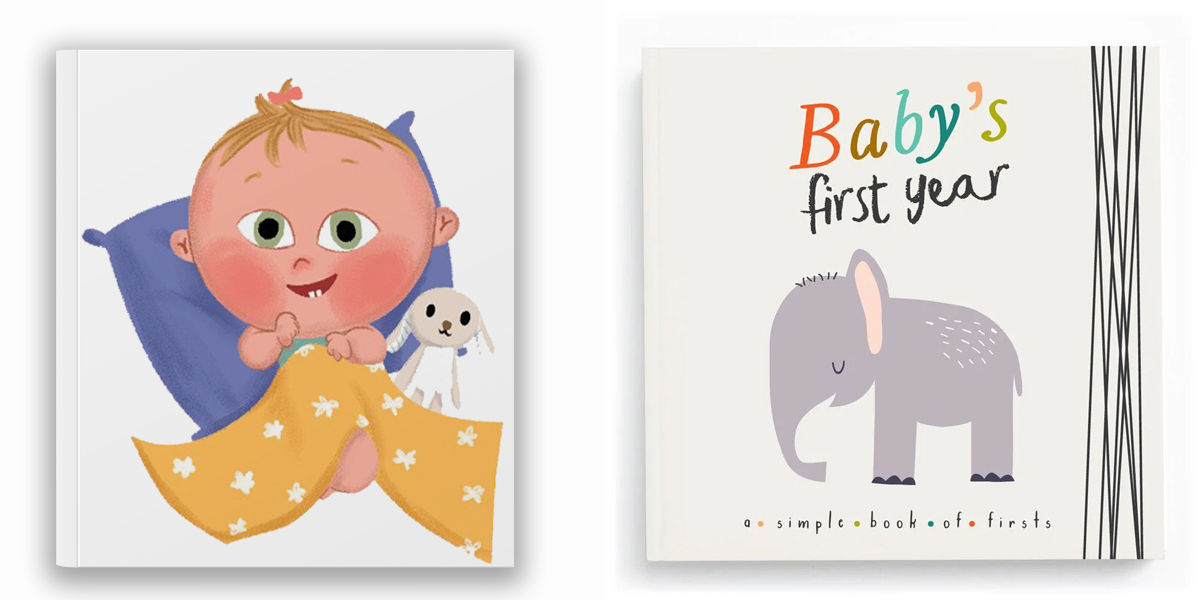Great Book Covers act as magical gateways, sparking a child’s imagination and compelling them to pick up the story. They use striking visuals, child‑friendly typography, and a captivating color scheme to convey the plot and mood in a glance. Strong book cover design boosts recognition, supports marketing, and makes a lasting impression on young readers’ memories. In this guide, we’ll explore the essential elements—clarity, typography, imagery, composition, and genre alignment—that transform a cover into one of the best book covers children can’t resist.
Clarity & Simplicity
A child should instantly grasp what the story is about. Avoid overcrowding with too many visual elements or complex narratives; simplicity is power for young minds (turn0search1). Use negative space strategically to draw attention. A good book cover quickly communicates character or setting—like a playful dragon or cozy forest—without overwhelming the reader.
Strong Typography
Clear, playful fonts are a hallmark of children’s book covers design. The title should be readable at thumbnail size and reflect the story’s tone—whimsical for bedtime tales, bold for adventures. Complement text hierarchy with subtitle and author name in supporting fonts (turn0search5). Well-chosen fonts elevate book cover design from ordinary to enchanting.
Compelling Imagery
Illustrations resonate deeply with children. Whether it’s a cartoon animal or a gentle monster, visuals must be relatable and imaginative. Avoid generic stock images; children respond to expressive, custom art that reflects their world (turn0search5). A color scheme Psychology tied to the imagery reinforces narrative mood—from sunny yellow for happy tales to calming blue for bedtime stories.
Effective Color Scheme
Color sets the emotional tone. Bright, bold palettes catch children’s eyes, especially in digital thumbnails (turn0search2, turn0search3). For toddlers, saturated primary colors work best; for older kids, consider gentle pastels or theme‑based palettes. Use color theory: green for nature, red for energy, and purple for fantasy. A cohesive color scheme ties together text, background, and artwork.
Read More:Common Mistakes to Avoid in Fantasy Book Cover Design
Strong Composition & Focal Point
Great covers employ the rule of thirds, placing key elements—like a knight or magic castle—at intersection points to draw attention. Balance illustrations with text, ensuring each has space to breathe. A strong focal point tells a story in a snapshot, immediately engaging a child. Clean composition underpins expert book cover design.
Attention to Detail
Fine details—texture, illustrative layering, lighting—add polish and depth. For children’s covers, textures make surfaces tactile, while shading adds dimension without overwhelming. A sandcastle might sparkle; a forest scene might glow. These nuances elevate a cover from good to exceptional, enhancing the reading experience even before the first page.
Genre Awareness
Children’s fantasy books demand certain visual cues magical creatures, vibrant color palettes, and whimsical fonts. A mismatched cover, such as dark noir fonts on a unicorn tale, confuses readers. By signaling genre correctly, a cover sets expectations and builds trust with your audience (turn0search0, turn0search11).
Bring Your Children’s Story to Life with Fantasy Book Cover Design
Partner with talented Book illustrators who specialize in creating lovable characters and enchanting scenes for picture books and early readers.
Testing for Thumbnails
Most book discovery happens on screens—so test your cover as a 200 px thumbnail. If the title text or character is lost, simplify the layout or increase contrast. A compelling thumbnail can sway a parent’s purchase decision or a child’s choice. Always preview book cover design across devices to ensure clarity.
Uniqueness & Identity
The best covers balance creativity with genre clarity. Iconic designers—like Fred Marcellino and Leo & Diane Dillon—blend metaphorical art with whimsical charm (turn0search26, turn0search29). Their covers feel fresh yet familiar, setting their books apart. Strive for a unique visual identity—a signature color scheme or character motif—that can carry through a series.
Visual Storytelling for Fantasy Books
Fantasy covers benefit from cues that emphasize world-building—floating islands, magic sparks, or whimsical beasts. A single lantern-lit doorway can hint at adventure. The key is storytelling through visuals alone, painting a scene that invites exploration. A cover’s imagery should ignite curiosity and open worlds, not just decorate them.
Real-World Examples
- If Animals Kissed Good Night uses friendly illustrations and soothing tones to convey bedtime calm (turn0search1).
- The Paper Bag Princess features simple, bold art and energetic typography—classic elements of Great Book Covers for young readers.
- Green by Laura Vaccaro Seeger uses minimal images and bright greens to make color itself the storytelling focus (turn0search27).
Practical Tips for Authors & Designers
- Define your audience’s age and reading level to guide font and imagery choices.
- Create mood boards with similar titles to identify common color schemes and layouts.
- Sketch concepts and test as thumbnails before committing to final art.
- Use color palettes that reflect the story’s mood and age group.
- Maintain negative space to avoid visual overload.
- Iterate based on real feedback from children and parents.
Conclusion:
A truly Great Book Cover for children combines clarity, charm, and careful crafting. By focusing on readability, cohesive color scheme, engaging illustrations, and genre-appropriate visuals, you attract and delight young readers instantly. Balance simplicity with detail, test across formats, and strive for unique design that tells a story at a glance. With these principles, your cover can become one of the best book covers children remember—and cherish—for years. So if you need a fantasy book cover design then contact The Rainbow Stories.

